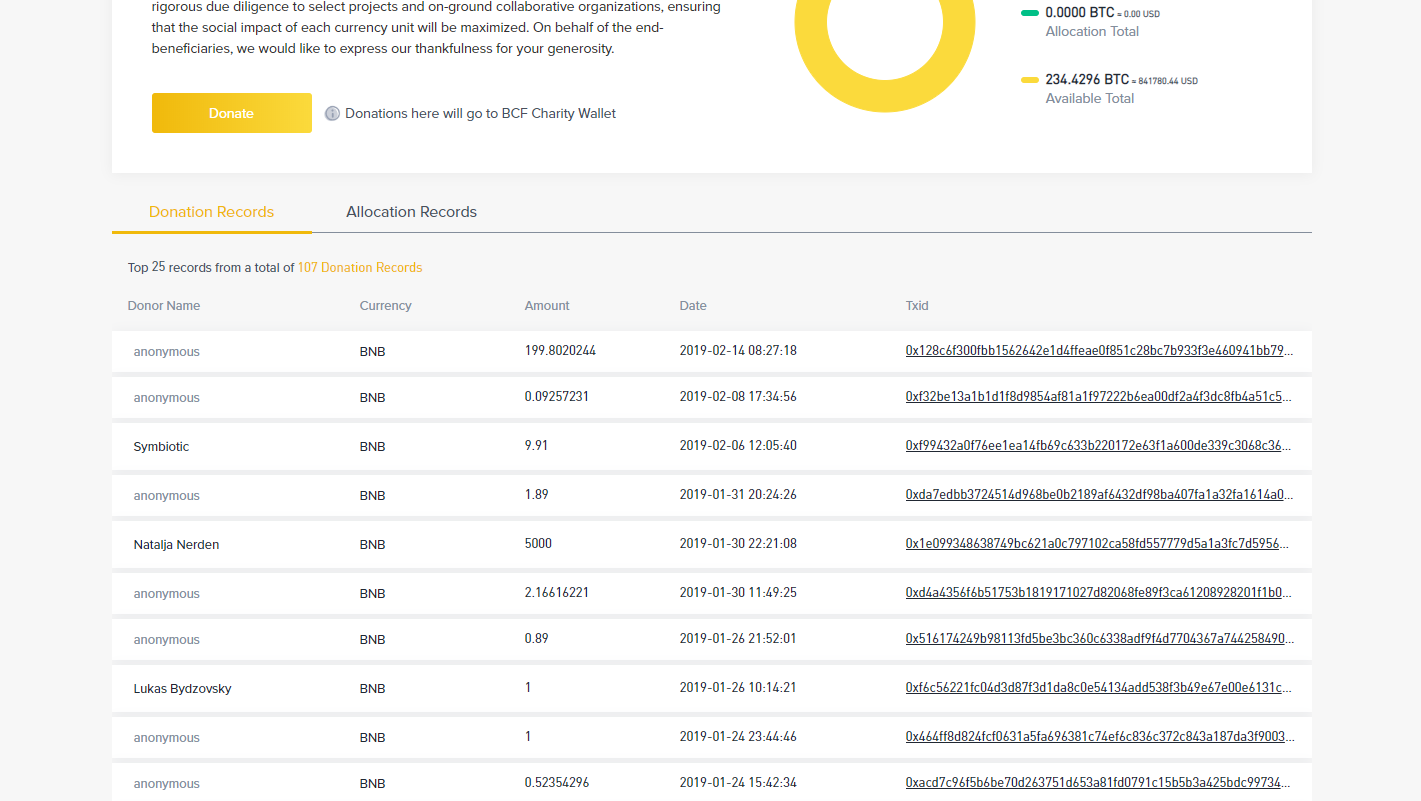
Charitable giving is on the rise, mainly due to buoyant economic conditions in North America and Europe over recent years. According to Giving USA, 2017 was the first year that donations from the US crossed the $400 billion mark, an increase of five percent over the previous year.
While donating to charity may provide us with a warm glow, few people stop to consider exactly where their donations end up. Charity fraud is a global issue, creating a risk that donated funds end up being siphoned off through scams or corruption.
For example, a 2016 report from the UK news outlet The Guardian indicated that global development workers agree that around 2-5% of funds are lost to fraud. Using this data, the report estimated fraud-related losses of £276 million ($355m) of a total £5.8 billion ($7.46bn) intended for humanitarian emergencies in a single year.
The issue of charity fraud isn’t restricted to developing countries though. The US Federal Trade Commission has a series of detailed guidelines to help would-be donors detect whether or not a particular charitable endeavor may be a scam.
However, even if a charity appears to be genuine, it can be difficult to know how much is channeled to the intended source of the donation. CNN previously alleged that Kids Wish Network, a registered charity, spent less than three cents of every dollar actually helping sick kids. Therefore, the issue is deeper than frauds and scams. If we’re to be reassured that our donations are being spent where we intend them to be, then nonprofits need to ensure that they’re providing transparency in financial reporting.
Where Blockchain Can Make a Difference
Blockchain technology is making waves in many sectors such as supply chain due to its functionality in providing a secure, unalterable record of value transfers. This makes blockchain the ideal technology to bring transparency to the distribution of charitable donations.
Using an open public ledger, a charity or NGO could collect donations in a digital currency. Each unit collected is traceable from the moment it’s contributed to the point that it’s spent on goods or services. Cryptocurrency transfers are peer-to-peer, meaning that charities could also decrease fees incurred by intermediaries like banks or foreign currency exchange services.
2017 and 2018 saw a proliferation of tech startups generating blockchain-based digital tokens to crowdfund their new business venture. While the regulators have now started to clamp down, in 2019 blockchain innovators are now turning to regulated token generation events, known as security token offerings (STO.) Charities and NGOs could similarly use such a mechanism to crowdsource donations for their endeavors.
Furthermore, blockchain-based smart contracts could even automate the distribution of funds for particular projects. For example, if a charity collects funds to build a school, the funding could be released by smart contracts in stages once specific milestones of the construction project are completed.
Some projects are already working on these kinds of solutions for charities. Alice is one example. The tech firm is collaborating with the Charities Aid Foundation and Imperial College London to develop a blockchain-based platform aimed at transparency in charitable fundraising.
How the Blockchain Community is Giving Back
The Bitcoin boom of late 2017 and early 2018 saw massive growth in the market size for cryptocurrencies and blockchain. Now, some blockchain firms are demonstrating their commitment to social responsibility by setting up charitable initiatives. In many cases, these are also leveraging the benefits of blockchain in managing charity funding.
#VoiceYourLove
For example, Tron is a decentralized application protocol, launched in 2018. The project is managed by the Tron Foundation, a non-profit based in Singapore with tech wunderkind Justin Sun at the helm.
Tron recently announced its collaboration with the ALS Association on an awareness campaign timed to coincide with Valentine’s Day, called #VoiceYourLove. The ALS Association had enormous success back in 2014 with the Ice Bucket Challenge, which went viral on social media. The new campaign invites people to create videos where they talk about their loved ones.
Donations to the #VoiceYourLove campaign will be tracked through to distribution using blockchain, with the results published at the end of the campaign. Sun himself has personally donated $250,000 and is “urging others in the blockchain industry to voice their love by donating to help find a cure.”
https://platform.twitter.com/widgets.jsWhen was the last time you told someone you love them? Today we’re launching the Voice Your Love campaign to raise awareness about #ALS and bring a little more love into the world. @alsagoldenwest #VoiceYourLove https://t.co/FD8fbkSzS8 pic.twitter.com/PkEbgZA6Rn
— Courteney Cox (@CourteneyCox) February 11, 2019
Blockchain Charity Foundation
Binance is the world’s biggest cryptocurrency exchange and the company behind the Blockchain Charity Foundation (BCF.) BCF is a nonprofit implementing blockchain technology to trace donations and how they’re spent. Alongside establishing trust and transparency in charitable funding, the Foundation also aims to leverage the global markets in cryptocurrency to help bridge the $2.5 trillion funding gap in UN Sustainable Development Goals.

The Binance Charity Open Ledger
The BCF is also fundraising for the #VoiceYourLove campaign. Other current open campaigns include funding for landslide disaster relief in Uganda and providing a healthy lunchtime meal to undernourished children in eastern Africa. At the time of writing, the Foundation has raised nearly $100,000 from donors.
Dogecoin Foundation
Dogecoin started out as a kind of joke cryptocurrency, based on a meme about a Japanese Shiba Inu dog. Despite its origins, it’s gone on to become one of the more successful digital currencies. The Dogecoin Foundation was one of the earlier charitable initiatives to emerge from the blockchain community.
The Dogecoin Foundation has less focus on the benefits of blockchain in tracking donations than raising money for good causes. Nevertheless, it has previously supported efforts including fundraising for constructing wells in drought-hit regions of Kenya.
The last few years have seen some fairly frivolous uses of blockchain. However, digital currencies and distributed ledgers offer tangible benefits to charities and nonprofits. Improved trust and transparency can only help to increase charitable giving, once people see the benefits their donations can bring. Technology that makes a material difference in funding will inevitably be welcome in a sector that relies on funding to make a difference to people’s lives.

